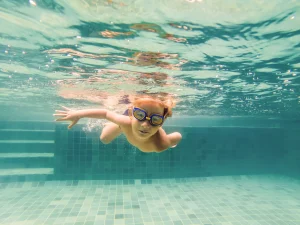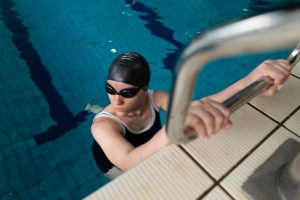You already know there are different swimming strokes, but did you know each one originated in a different time and region, and now you can learn these styles from the comfort of your home? Aquatic sports, while universal, bear cultural influences, local adaptations, and technical traditions that have shaped the sport worldwide.
Each swimming style has been explored and modified over the years, leading to the standardization of the four main styles recognized globally. Over time, these four styles emerged and became Olympic standards. Discover more about each style and how different countries have contributed to their evolution.
The Global History of Swimming Styles at Home
Swimming is one of humanity’s oldest sporting practices, with historical records dating back to Ancient Egypt, Greece, and Rome. However, in an era before globalization, each region developed its own approach to swimming. Techniques were honed by factors like survival, military tradition, sports competition, and leisure.
Today, swimming is regulated by international federations, yet its cultural roots still influence styles, techniques, and even teaching methods. Understanding these variations enhances the swimmer’s body awareness, promoting comprehensive training even in a private setting like swimming at home.
Front Crawl: Australian Influence
Front crawl, or freestyle, is the fastest style and one of the most popular in competitive swimming worldwide. Few know its origins are linked to observations made by British swimmers of Indigenous Australians in the 19th century.
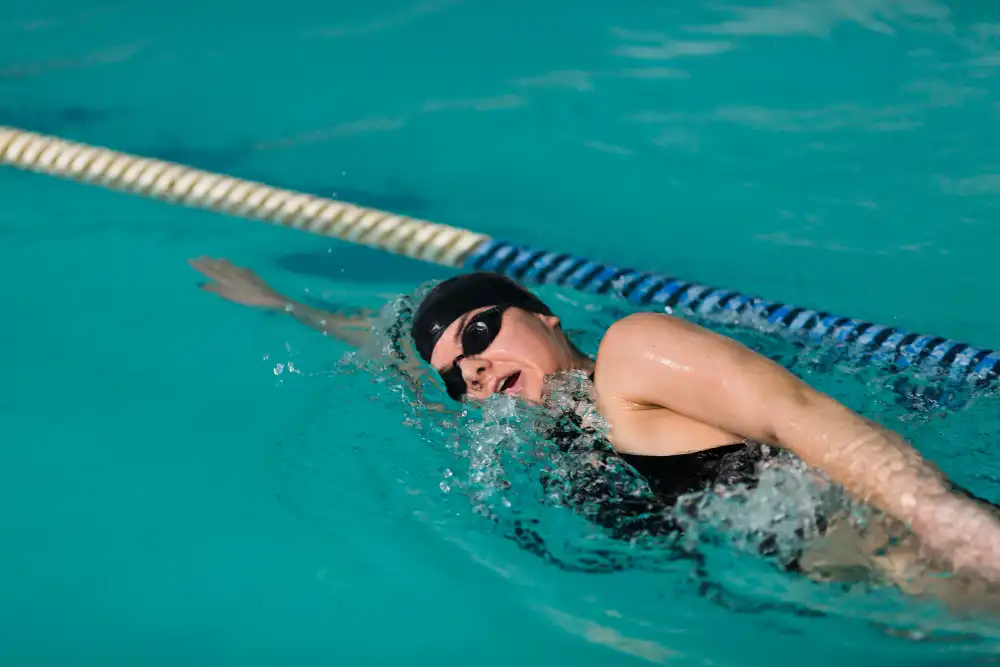
Inspired by locals, the technique was refined and spread worldwide. Today, this style forms the basis for speed competitions. At home, you can train front crawl focusing on:
- Alternating arm and leg coordination
- Correct side breathing
- Efficient glide and body alignment
- Pace and endurance
Even in smaller pools, specific technique exercises ensure significant improvement.
Backstroke: European Technique and Precision
Backstroke requires control, spatial awareness, and precision. With roots in 19th-century European competitions, it was standardized in Sweden and Germany, known for their methodical and technical approach to swimming.
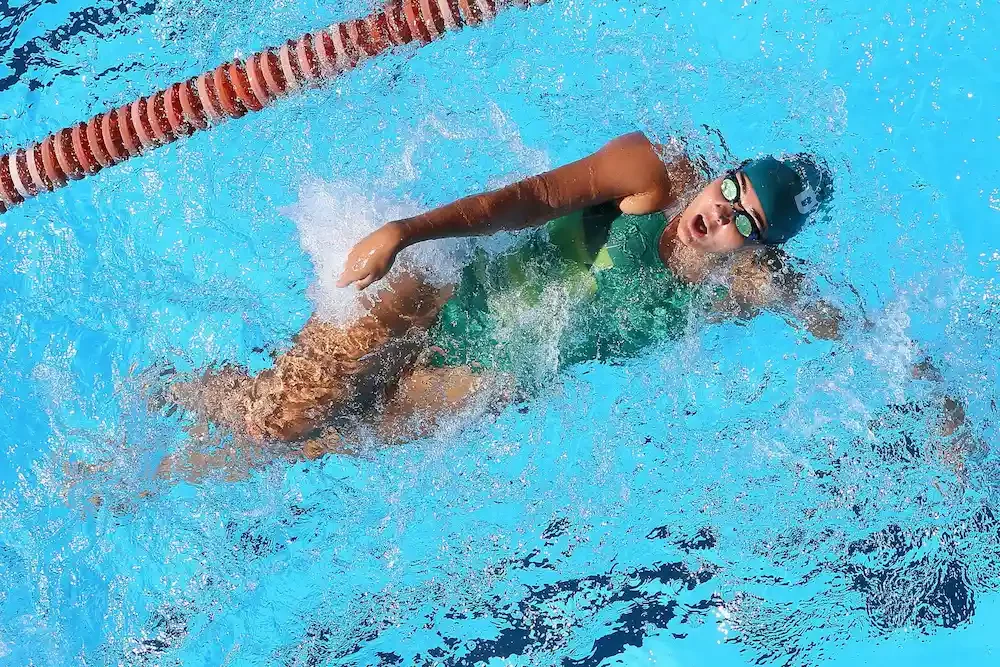
Practicing this style helps develop posture and strengthens the core muscles, such as the abdominal, lower back, pelvic, and hip regions. Even with limited space, this is one of the most suitable styles for small pool swimming.
Breaststroke: Oriental Control and Tradition
Breaststroke has records dating back to medieval Asia and Europe, making it one of the oldest recorded styles. The style features symmetrical movements and requires great technical control.

In Japan, for example, Nihon Eiho is a combative swimming martial art that values long, fluid movements, reflecting the Eastern philosophy of harmony and efficiency. At home, you can practice it focusing on:
- Arm and leg coordination
- Breathing rhythm and propulsion
- Stretching and sustenance
- Simulation of turns and kicks
Indeed, among home swimming styles, breaststroke is ideal for those seeking control, precision, and endurance.
Butterfly Stroke: American Military Power
Butterfly stroke originated in the United States in the 1930s as a variation of breaststroke, evolving into its own style through military practices and high-performance training. However, officials officially recognized it in 1952.
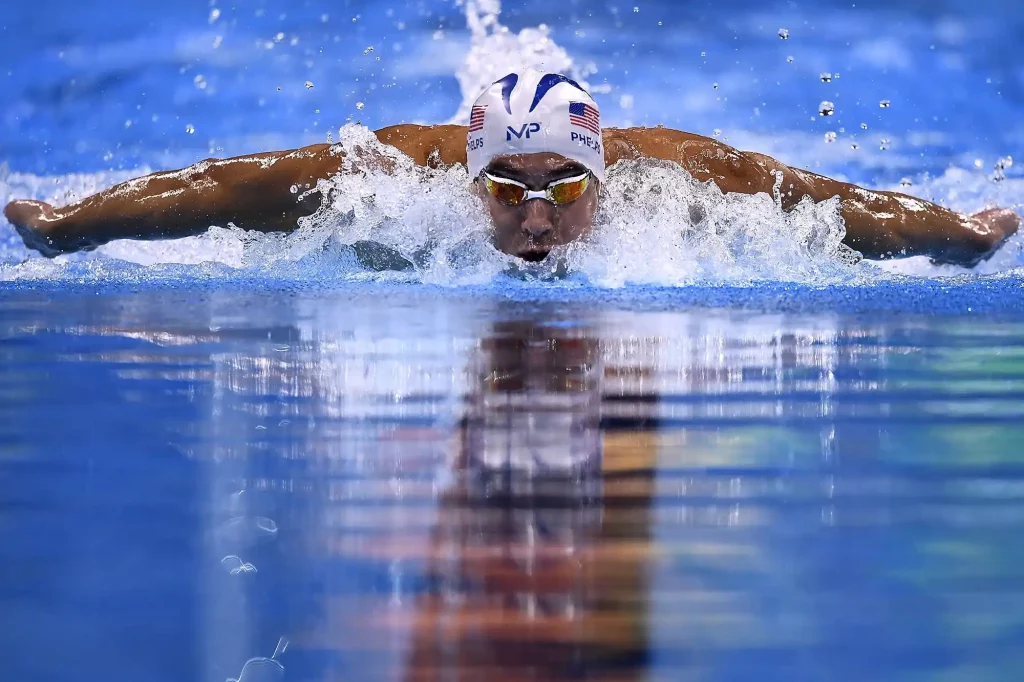
Today, swimmers consider it one of the most demanding styles in terms of power, refined technique, and high physical conditioning.
Even in residential pools, you can start butterfly training with progressive exercises, focusing on undulation, frontal breathing, and propulsion. For those seeking muscular strength and cardiorespiratory endurance, this is one of the best home swimming styles.
Regional Swimming Styles and Their Influences
In addition to the four Olympic styles, many countries have adapted techniques and developed unique regional styles used in natural environments or for specific purposes. For example:
- Polynesian swimming: aims for fluidity and energy efficiency in open seas.
- Russian military swimming: like butterfly stroke, focuses on endurance, breath holding, and survival techniques.
- South African crossing style: adapts to rough seas, steady pace, and efficient flotation.
- Traditional Indian style: flotation techniques and meditative breathing connected to aquatic yoga.
Despite the differences, incorporating elements of these styles into home training makes the practice more dynamic and educational.
Swimming at Home: Explore Global Styles and Learn Without Leaving Your Pool
Training swimming styles at home requires creativity and planning. Therefore, we recommend private lessons and specific preparation. Smaller pools do not hinder learning, as long as you adapt aquatic exercises with techniques suitable for small pool swimming, such as:
- Stationary arm stroke with elastic bands
- Buoyancy and body control exercises
- Personalized swimming with supporting materials like boards, fins, and pull buoys
- Short resistance sets with planned breaks
- Simulated starts, turns, and kicks with limited space
With proper professional guidance, your home pool can be the primary environment to learn and refine swimming styles. Moreover, exploring diverse swimming styles at home enriches the sporting practice and expands technical and cultural horizons.
Ready to learn swimming styles from around the world without leaving home? Schedule a trial class with Easy2Swim now and transform your pool into a center for aquatic performance and culture.


